

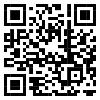
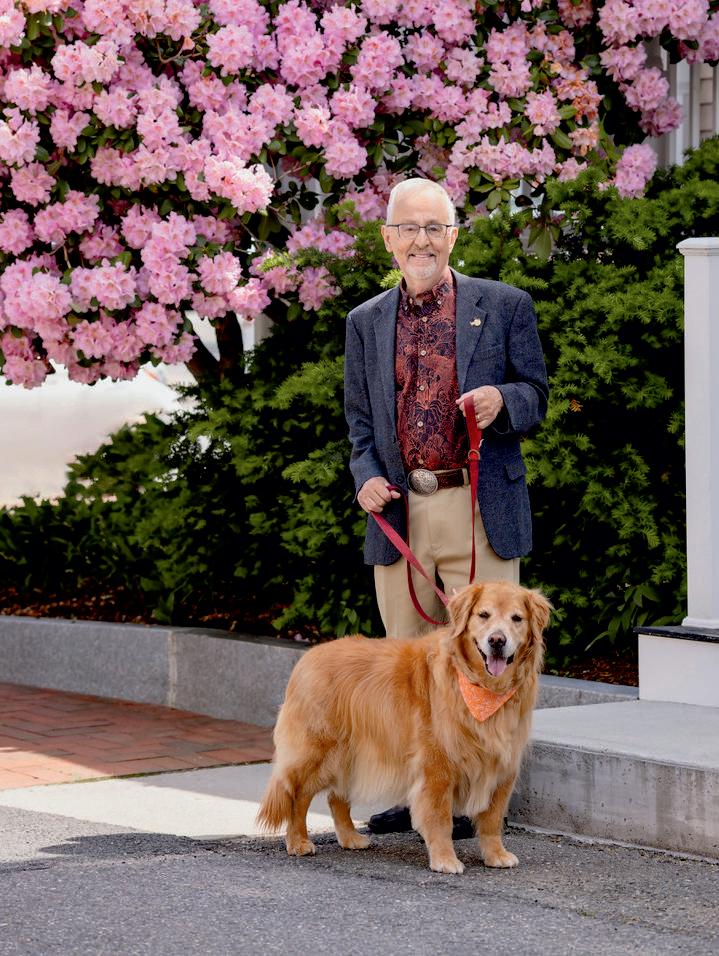
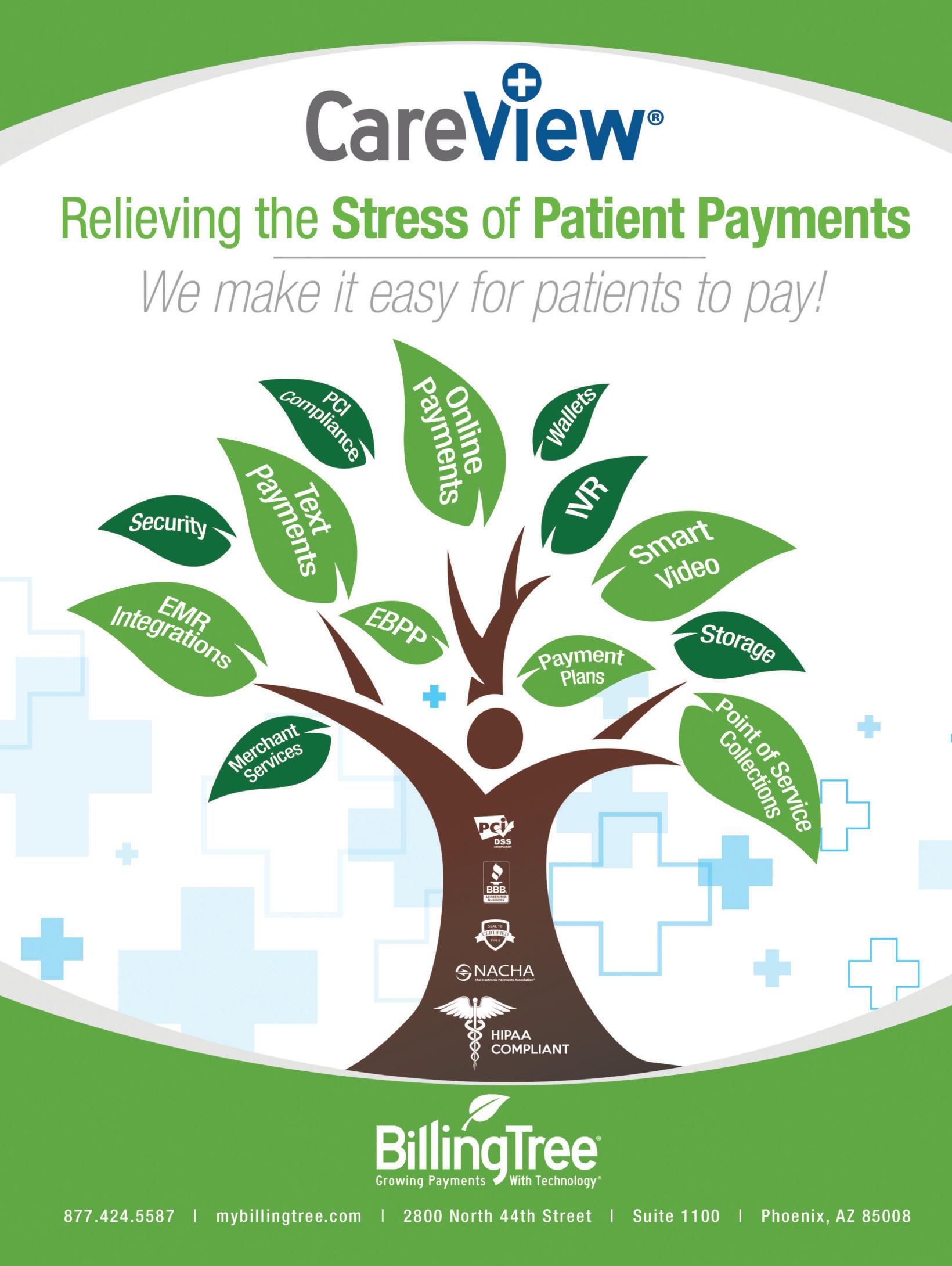









Nalie May
Natalie May
They say that animals can sense positive energy, being attracted to
peoplewhoexudewarmthandkindness.Inreturn,thesecreatures reciprocate with pure, unconditional love a connection that brings inner peace to those who love them. For Professor Richard C. Larson,thatpeaceisrealizedthroughMaisie,hissweetgoldenretriever As you read through these pages of this edition, you will find the warmth of theirbond,areflectionoftheharmonyofabrilliantmindandatenderheart.
In Prof. Richard Larson- A Purposeful Life, a Peaceful Retirement, Surrounded by Beloved Pets,wehonoraluminaryofoperationsresearch, notintermsofhistrailblazingcontributionstoMIT,butintheunderstated beautyofhisretirement.Famousas"DoctorQueue"forhisgroundbreaking work, Larson has consistently offset analytical acumen with compassion. Today,surroundedbyhisanimalfriends,helaughsandsmiles.Maisie,her eyes beseeching, her presence unwaveringly constant, embodies the abidinglovefoundinthisstageofhislife.
ThiseditionwelcomesyoutodiscoveralesscerebralsideofLarson—aside where intellectual pursuits are secondary to the simple, deep experiences spentwithhisdogs.Histalealsoremindsusthatlife'sgreatestprizesoften resultfromlovefreelygiven,tofamily,friends,orthefour-leggedvariety Asyouread,wepraythatyou'retouchedbythebeautyofawell-livedlife, nowenhancedbythepeacefulpresenceofanimalswhoembodythesame optimism Larson shares. Cheers to the enjoyment of a meaningful life, a serene retirement, and the timeless connection between an extraordinary manandhisdearfriends.
Haveanem-paw-ringreadahead!
Professor Richard C. Larson
Pioneering Smarter Systems and Education for Over Five Decades
Mood Uplifters 10 Heartwarming Ways Pets Improve Your Mental Health Pets as Family The Unique Bond That Makes Them the Best Companions
22 ..........
18 A r t i c l e s



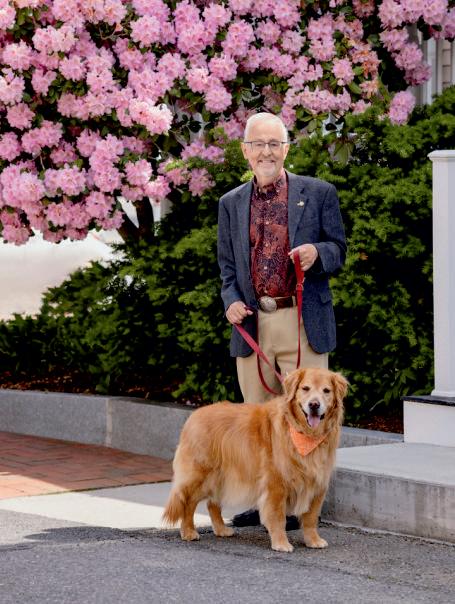





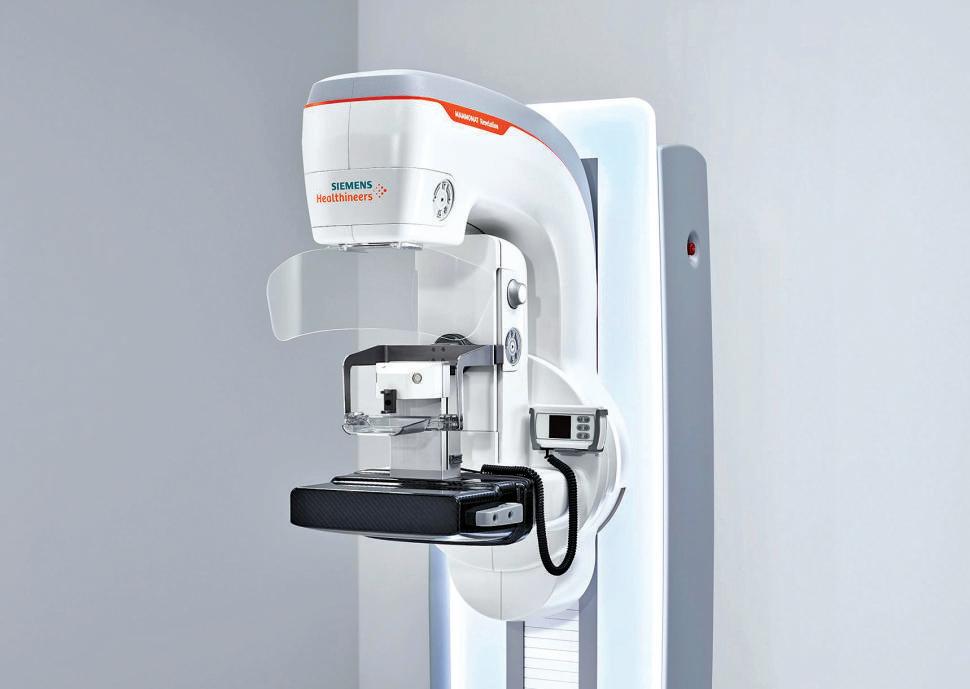

PIONEERING SMARTER SYSTEMS AND EDUCATION FOR OVER FIVE DECADES
Professor, Post-Tenure; Principal Investigator of MIT BLOSSOMS; Founder and Director of Learning International Networks Coalition Massachusetts Institute of Technology (MIT)



R I C H A R D


R I C H A R D
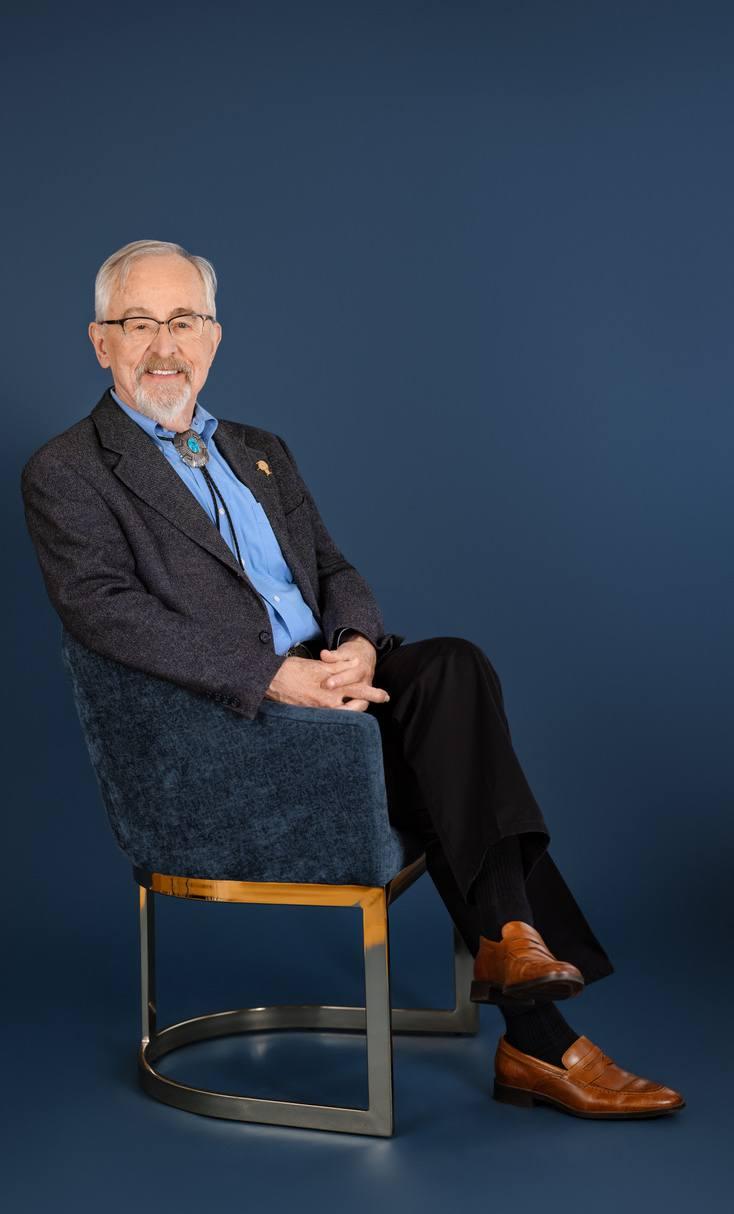
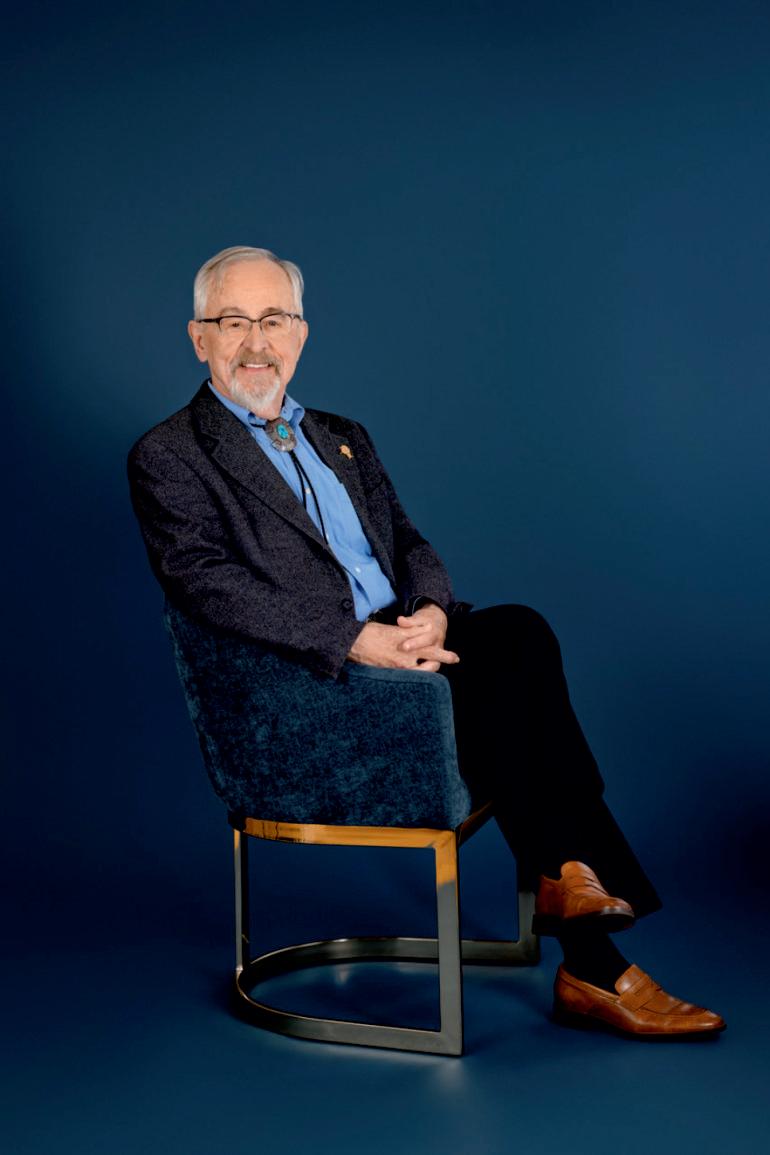

Technology and data are changing our world every day, but the people who truly make a difference are theoneswhocantakebig,complicatedideasandturn them into simple solutions that actually help us in our daily lives.Theseleadersfindwaystomakecommunitiesstronger, services easier to access, and learning more meaningful. It’s not easy to make sense of all the complexity, but when someone can do that and create real change, it’s powerful. These are the people who don’t just dream of a better future—theybuildit,onestepatatime.
Among leaders in urban systems, emergency management, and education, Professor Richard C. Larson, Professor, Post-Tenure at MIT, stands out for his work over the past fiftyyears.HeisalsothePrincipalInvestigatoroftheMIT BLOSSOMS initiative, which creates and distributes video lessonsinmathandscienceworldwide,andtheFounderand Director of the Learning International Networks Coalition, a professional society dedicated to using technology to deliver quality education at scale. His career features innovative research, respected publications, and a

strongcommitmenttomentoringfutureleaders.Heusesdata to inform decisions, applies theory to real-world problems, andworkstoexpandaccesstoeducationworldwide.
Overtheyears,hisworkhasshapedhowweunderstandand improve everything from disaster response and queueing systemstoeducationpoweredbytechnology RaisedinNew YorkCityandrootedatMITformostofhiscareer,Dr Larson hasdedicatedhislifetomakingcomplexsystemsworkbetter andlearningmoreaccessibleforeveryone.Hisstoryisoneof purpose, innovation, and a strong commitment to helping others.
“Dr. Larson has modeled a purposeful life—one where intelligence meets empathy, where data informs decisions that save lives, and where education is a beacon for a better future.”
Let’s explore how Dr Larson’s work transforms education, emergencyresponse,andurbansystemsworldwide!
FoundationsofCuriosityandIndependence
Dr. Larson was born in 1943 in Bayside, Queens, NewYork City Hisearlyyears,markedbymovestoPennsylvaniaand New Jersey, cultivated a sense of exploration and selfreliance. At just five years old, Dr Larson experienced a childhoodrootedinautonomy,ashisparentsencouragedhim to make decisions independently—a practice rare in many householdsbutcriticalinshapinghislibertarianmindset.
Oneillustrativemomentfromhisyouthwaswhenhisparents asked him if he wanted to start kindergarten. Instead of deciding for him, they gave him the choice, and he chose to delay school, savoring an extra year of unstructured childhood. This trust set the tone for a life characterized by thoughtfuldecision-makingandpersonalresponsibility.
EventuallysettlinginNeedham,Massachusetts,nearBoston, Dr.Larsoncompletedhighschoolsurroundedbytherolling
hills and supportive educators of Needham High School. It washerethathefirstrealizedaprofoundpassionforphysics, appreciating the elegance of its principles over the rote memorization required by biology or the complexity of chemistry This early affinity for problem-solving and analytical thinking would steer him toward a future in engineeringandoperationsresearch.
After high school, Dr Larson’s academic journey brought him to the Massachusetts Institute of Technology (MIT), a placethatwouldnotonlyshapehiscareerbutalsobecomehis lifelongprofessionalhome.HeearnedaBachelorofScience in 1965, followed by a Master’s in 1967, and ultimately a Ph.D. in electrical engineering in 1969. His doctoral thesis, “Models for the Allocation of Urban Police Patrol Forces,” laid the groundwork for his lifelong commitment to optimizingpublicservicesystems.
HistimeatMITwasnotmerelyaboutpersonalachievement. Itwasaperiodofintellectualfermentandexploration.Hewas deeply influenced by his advisor and the interdisciplinary environment at MIT, which encouraged crossing traditional academicboundaries.Dr.Larsonresistedbeingconfinedtoa single discipline, instead building bridges between engineering, urban planning, and operations research—an approachthatwoulddefinehiscareer
Anamusinganecdotefromthistimereflectsthehumilityand surprise that accompanied his acceptance to MIT. When his motherhandedhimtheacceptanceletter,heinitiallythought it was a mistake—so much so that he waited to see if a correction would arrive. This “Groucho Marx Syndrome”

“At just ve years old, Dr. Larson experienced a childhood rooted in autonomy, as his parents encouraged him to make decisions independently.”
moment revealed the blend of modesty and ambition that woulddrivehiscareer
Immediately following his education, Dr. Larson’s career quickly moved beyond academic theory into practical application.Beginninginthelate1960s,heconductedstudies onurbanemergencyservicesystemsundertheauspicesofthe RAND Corporation. His work on police and emergency dispatch in New York City was pioneering, demonstrating howoperationsresearchcouldoptimizecriticalpublicsafety functions.
His commitment to bridging theory with practice led him to co-foundconsultingfirmssuchasPublicSystemsEvaluation (PSE) and later QED, where he could apply his research directly to real-world challenges His work with urban emergency services, particularly in New York, helped develop more efficient dispatch systems, including early versionsofComputer-AidedDispatchtechnologystillinuse today.


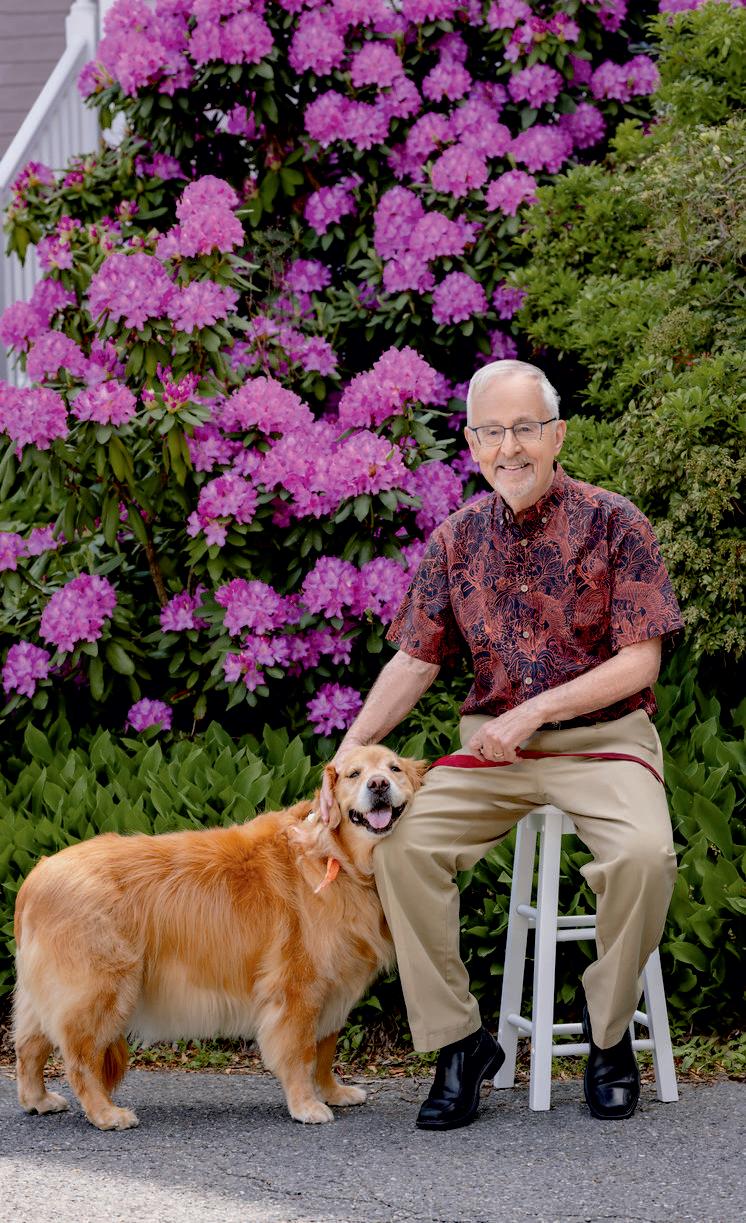
R I C H A R D
R I C H A R D


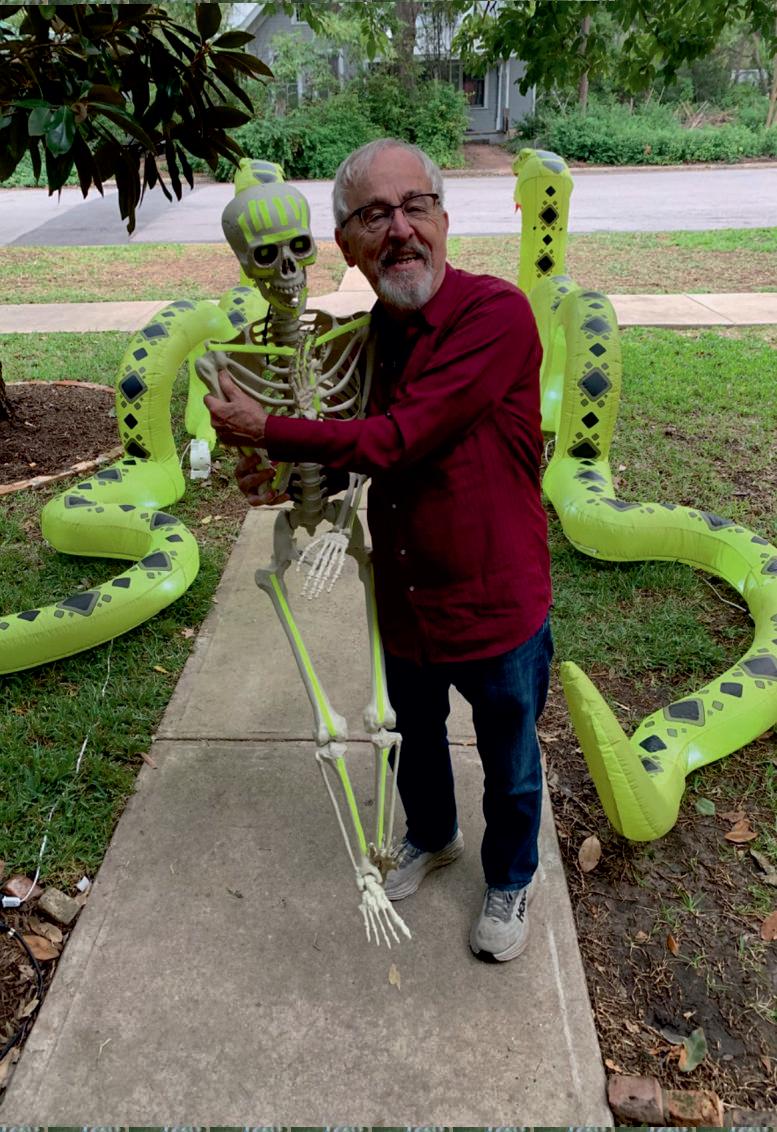
Thesecontributionshighlighthisethos:researchshouldlead totangiblebenefitsineverydaylife.
Simultaneously, his academic career flourished. He joined MIT’sfacultyasanassistantprofessorandoverthedecades e
departments from electrical engineering to interdisciplinary programs like MIT’s Institute for Data, Systems, and Society (IDSS). This breadth not only showcased his versatility but also his passion for engaging withstudentsfromdiversefields.
One of Dr. Larson’s distinctive public roles earned him the nickname “Doctor Queue,” a playful nod to his expertise in queuing theory—the mathematics behind lines and waiting times. His research offered insights into why waiting can be frustratingandhowsystemscouldbedesignedtoreducethat frustration.

He became a sought-after expert for media outlets such as National Public Radio and The Washington Post, where he explained the hidden complexities of everyday phenomena like waiting in line This ability to translate complex mathematical theories into relatable, human experiences exemplifiedhistalentforcommunicationandeducation.
Hisfocusonqueuingwasmorethanacademic;itintersected directly with his broader interest in service systems—how peopleexperiencepublicservicesandhowthosesystemscan beimprovedtoservecitizensbetterandmoreefficiently
AVisionaryLeaderinOperationsResearch
“His early afnity for problem-solving and analytical thinking would steer him toward a future in engineering and operations research.”
Hisimpactextendedfarbeyondhisresearchandteaching.He held significant leadership positions, serving as president of the Operations Research Society of America (ORSA) from 1993 to 1994, and again as past president of the merged Institute for Operations Research and the Management Sciences (INFORMS) in 2005 His leadership roles demonstratedhisdedicationtoshapingthefutureofthefield andsupportingprofessionalcommunities.
In 1993, he was elected to the National Academy of Engineering, a prestigious honor recognizing his development and application of operations research methodologies in both public and private sectors This accoladereflectedthewide-reachinginfluenceofhisworkin serviceindustriesandurbansystems.
Dr. Larson also directed the MIT Center for Advanced EducationalServicesfrom1995to2003,arolethroughwhich he championed technology-enabled education. His vision extendedbeyondtraditionalclassrooms,seekingtobring
high-quality education to students globally through innovative programs like the Singapore-MIT Alliance for Research and Technology and the MIT BLOSSOMS initiative.
One of Dr. Larson’s most notable contributions is his leadershipoftheMITBLOSSOMS(BlendedLearningOpen Source Science or Math Studies) project. This initiative produces and distributes video lessons in math and science, makingadvancededucationalcontentaccessibleworldwide.
TheBLOSSOMSprojectembodieshisbeliefineducationas afundamentalrightandapowerfultoolforempowerment.By leveraging technology, he aimed to reduce barriers of geography and resources, reaching students in underserved communitiesandinspiringcuriosityinSTEMsubjects.
Beyond producing content, Dr Larson’s work emphasized mentorship and community-building He founded and directed the Learning International Networks Coalition, a professionalsocietydedicatedtousingtechnologyforquality educationatscale.Throughtheseefforts,hehasshapedglobal
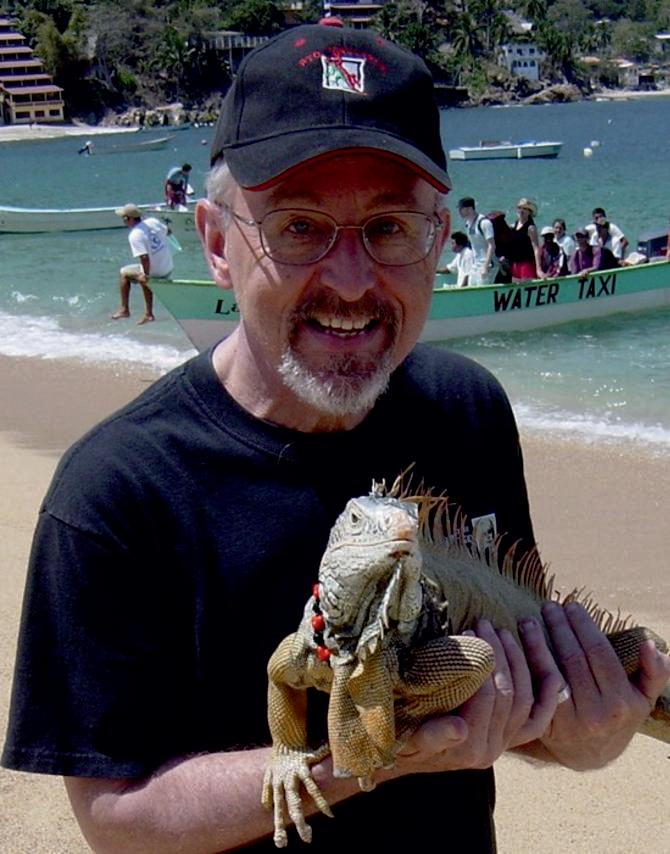
“He famously describes operations research as ‘the world’s most important invisible profession.’”

conversations about the future of learning and the role of digitalinnovation.
Dr. Larson’s approach to teaching has always been studentcentered.Regardlessofcurriculumchangesortechnological shifts, his core focus remains on engagement helping students connect with material and develop critical thinking skills.
He famously describes operations research as “the world’s most important invisible profession,” underscoring its profound but often unrecognized impact. He aims to make complex topics approachable, from airline scheduling to queuing theory, by contextualizing them in everyday experiences.
His mentorship style reflects empathy and encouragement. Herecallsamemorableinstancewhenastudent,discouraged


R I C H A R D

by poor exam results, considered dropping his course Throughpatientdialogueandguidance,hehelpedthestudent rediscover confidence and ultimately succeed academically—a testament to his commitment to nurturing potential.
Behind the scenes of a distinguished career is a story of personalpartnershipandresilience.Dr Larson’swife,Mary Elizabeth Murray, was not only his lifelong companion but also a passionate advocate for education. Together, they presented seminars worldwide, promoting the MIT BLOSSOMS program and sharing their vision for technology-enabledlearning.
Their relationship, spanning over four decades, was a partnership of equals—professionally and personally Mary Elizabeth’swisdomandsupportwereintegraltohisjourney Herpassingtwoyearsagoleftaprofoundvoid,yethehonors her memory through continued dedication to their shared mission.
Dr Larson’s personal philosophy is one of gratitude and presence. Having survived several near-death experiences, includingatonsillectomyatagefive,hecherisheseachdayas agift,wakingeachmorningwiththankfulnessandadriveto learnandgiveback.
Throughouthiscareer,Dr Larsonhasaccumulatednumerous accolades recognizing his contributions. His 1972 book, Urban Police Patrol Analysis, won the Frederick W LanchesterPrize—anearlymarkerofhisimpact.Hereceived
the George E. Kimball Medal in 2002 and the INFORMS President’sAwardin2003.
His papers on pandemic modeling, including strategies for H1N1 vaccine distribution and analyses related to COVID19, garnered best-paper awards in 2012 and 2015. The US Department of Labor honored him with the Lawrence M. KleinAward,whiletheInternationalAcademyofInformation Technology and Quantitative Management presented the DanielBergLifetimeAchievementMedalin2017.
In 2025, Dr Larson received the Albert Nelson Marquis Lifetime Achievement Award, a crowning recognition of a career marked by scholarship, innovation, and leadership. Yet,heremainshumble,emphasizingthatthetruerewardlies intheimpactofhisworkonpeople’slives.
TheBusinessofImpactfromConsultingtoCommunity
Dr Larson’s “appetite for business” is not about profit but purpose. His ventures—PSE, ENFORTH, and QED—were designedasvehiclestobringhisacademicresearchintorealworld application, transforming theoretical insights into operationalimprovementsforemergencyservicesandpublic safety.
His approach to business reflects his broader ethos: services shouldbeefficient,equitable,andresponsivetohumanneeds. His leadership in these organizations exemplifies how entrepreneurial spirit and scholarly rigor can combine to effectlastingsocietalbenefit.
Dr Larson’slifeandcareerstandasatestamenttothepower ofinterdisciplinarythinking,thevalueofmentorship,andthe importanceofmakingknowledgeaccessibleandactionable. His work in operations research and education has not only advanced academic fields but also improved public systems andexpandededucationalopportunitiesglobally.
Through decades of teaching, research, leadership, and innovation, Dr Larson has modeled a purposeful life—one where intelligence meets empathy, where data informs decisionsthatsavelives,andwhereeducationisabeaconfora betterfuture.
His story invites us to appreciate the invisible architects of society’s infrastructure and to recognize that behind every efficient service or inspired learner, there is a dedication to understandingandimprovingtheworld.




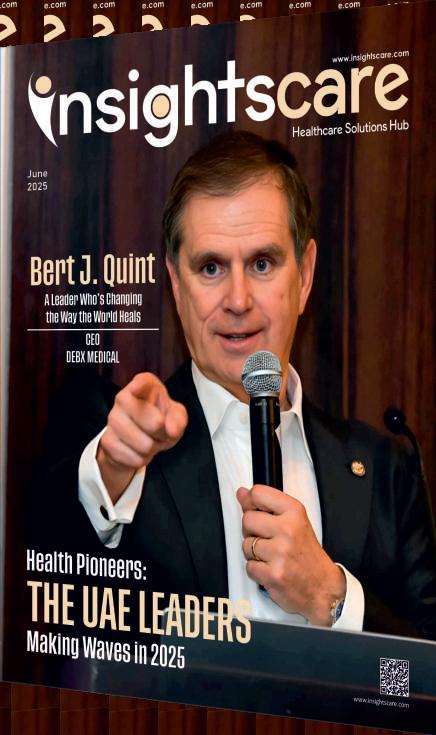
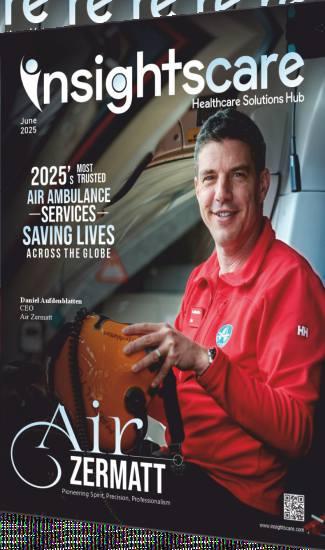

www.insightscaremagazine.com

Petspossessaremarkablecapabilitytomakeourdays brighter and our mood happier. In addition to their cutebehaviorsandunshakeableloyalty,petsprovide deep psychological benefits that can change our lives. From stressreductiontothecreationofasenseofpurpose,animal companionship provides emotional support both subtle and deep.
Here are ten heart-melting ways pets enhance your mental health, supported by science and the irresistible magic of our fur-bearing,feathered,orscalycompanions.
1.StressandAnxietyReduction
Just the simple act of petting a dog or a cat may decrease cortisol, the stress hormone. The soothing back and forth motionsinvolvedwithpettingthefurofananimalcausesthe
release of oxytocin, a relaxation-inducing feel-good hormone.Itcouldbeapurringkittyinyourlaporawaggingdog butpetsaresoothingelementsthatrelievestress.
2.FightingLoneliness
Pets are fine companions, providing unconditional affection and an unwavering presence. To the lonely person or one living alone, a pet can supply the companionship to the isolated.Pets offerafeelingof belonging,withno judgment and a supportive ear through difficult times, making them worthfightingsocialisolationfor
3.EnhancingMoodwithPlayfulness
The humor of pets can cheer you up at once.Alaser pointer beingchasedbyakittenoradogchasingaballisasourceof
laughterandjoy,whichisamoodboosterthatstrengthensthe immune system.Thesehappy experiences in play produce a positive feedback loop that makes you desire to engage in carefreeactivitiesthatmakeyoufeelhappier
4.PromotingPhysicalActivity
Pets especially dogs motivate you to exercise and this is directly related to mental health. Daily walks, hikes, or playing in the park keep you on your feet exposing you to sunlightandfreshair Thehabitoftakingcareoftheexercise requirementsofthepetwillcreateahealthierlifestyleofthe twoofyou.
5.ProvidingaSenseofPurpose
Theexistenceofapettofeedalsogivesasenseofwakingup in the morning. Taking care of them through feeding, grooming and taking care generates a feeling of duty and worth. This schedule is centering to individuals who have depressionorlackmotivation.
6.StrengtheningSocialBonds
Pets are natural icebreakers. Whether at the park with your dog or discussing your cat's escapades with your neighbor, petsfostersocialconnections.Thesesocialbondscansupport mental health by providing a support network, decreasing feelingsofloneliness,andfosteringdeepconversations.
7.ProvidingEmotionalStability
Pets are a source of ongoing emotional support, particularly during times of upheaval. Their ordered routines and nurturing natures provide stability when the world seems unstable. For those living with diseases such as PTSD or anxietydisorders,therapyanimalscanbeespeciallyuseful.
8.TrainingforMindfulness
Petsarecreaturesofthepresent,andmerelybytheirpresence theyencourageustobeinthepresenttoo.Mindfulnessmay betriggeredbywatchingapetsleeporfocusonatoy,soitis easier to be present. This reverberates in mindfulness-based therapies, which are proven to be effective in combating the symptoms of depression and anxiety By just watching and playingwithyourpet,youwillbeabletolearnhowtobeinthe momentandthisskillcanhelpyoutobemorementallysharp andemotionallyresilient.
Unconditional love by a pet can improve one's self-esteem. Petsdonotjudge;theyloveyouforwhoyouare,reinforcing yourfeelingofself-worth.Forkidsandteenagers,takingcare ofapetcaninstillconfidenceandresponsibility
Animals can also be a comfort during bereavement. Their perceptivenaturemeanstheycanspotdistressfromadistance andprovidecomfortattheexacttimeitisneeded.Fromadog lyingitsheadonyourkneetoacatcuddlingupnexttoyou, theseactionsgiveasilentcomfortingsupport.
Petsaremorethancompanions;theyareforcefulsupporters of mental health. From eliminating stress to building social relationships, their effect is significant and widespread Whetheryou'resnugglingarabbit,takingadogforawalk,or observingafishswimpastinanaquarium,therewardsofpet ownership go beyond the warm and fuzzy moments—they leadtolong-termenhancementsinemotionalhealth.Sowhen your pet pokes you for attention, remember that they're not simply seeking affection; they're returning it in ways that mendandinspire.
-Natalie May



Petshavealwaysoccupiedauniquenicheinthehuman heart, going beyond their designation as animals to become affectionate members of our own families. Whether it's a dog wagging its tail at the door, a cat purring contentedly on your lap, or a bird chirping happily in the morning, pets add a special affection that makes our lives richerinsomanyways.Thisbond,foundeduponlove,trust, and companionship, creates pets to be some of the finest friendswemighteverhopefor.
In this article, we discuss why pets are not just animals—they are family—and how this phenomenal relationship enriches ouremotional,physical,andsocialhealth.
TheEmotionalConnection
Possibly, one of the strongest aspects of the pet-human relationship is the emotional support pets provide. Unlike humanrelationswhicharefraughtwithmisunderstandingsor anticipation, the love between a pet with their owner is easy andwithoutanyconditionsattached.Takedogs,forinstance, theyareloyalbeyondmeasureandarealwayswelcomingto theownerswithunendingenergyregardlessoftheproblems of the day. Cats offer silent companionship and their quiet presenceisthebalmofastressfulday Evensmallerpets,like hamstersorfishbringasenseofstabilityandregularitywith theircare.
Thedistinction,whichmakespetsascompanions,isthatthey donotjudge.Theydonotcareaboutyourjob,yourmoneyor your mistakes, they love you as you are. This full-scale acceptance makes a person feel a sense of belonging especiallytothosewhoattimesfeelisolatedormisunderstood.In thecaseofchildren,petswillbetheirfirstfriendsandtheywill teachthemaboutcompassion,responsibilityandtakingcare ofanotheranimal.Amongtheoldpeople,petsserveasfriends becausetheycombatloneliness;theygivetheoldpeoplethe motivationtokeepbusyandactive.
The daily habits of caring for a pet—feeding, walking, grooming—establish a communal rhythm that deepens this connection. A dog's anticipatory enthusiasm for a morning walkoracat'sinvitingprodforplayincorporatespetsintothe everyday experience, integrating them into the family structure.Thesepointsofintersection,nomatterhowtrivial, establishtrustandinterdependence,similartothatofhuman familyrelationships.
Along with emotional support, pets are significant to our physicalandsocialwell-being.Anexampleofthisisthatdog owners are likely to achieve the recommended amount of daily physical activity due to regular walking which can providebenefitscardiovascularhealthandavoidobesity The activitythataccompaniespetplayinglikethrowingaballtoa dogorteasingacatwithatoyishealthytoboththelifestyleof thepetandtheowner.
Pets tend to have special roles in families, fitting into individualneeds.Theymaybeguardanimals,playmates,or even peacekeepers.Adog may know something is amiss in the home and provide comfort, lying at the side of an upset family member. The playful mischievousness of a cat may defuse a difficult situation, filling the room with laughter. In householdswithkids,petsbecomeveritablesiblingsofasort, goingonadventurestogetherandbringingconstantpleasure andeducation.
Forothers,petsarealsothebridgetohealing.Petsprovidea secureenvironmentforemotionalprocessinginfamiliesthat aregoingthroughgriefortrauma.Familymembersareableto openupthroughtheirpresence,asdiscussingissueswithapet iseasierthandiscussingthemwithanotherhumanbeing.This functionasemotionalanchorsmakesthempartofthefamily, notascompanions.
The relationship with a pet tends to have a lasting effect, influencing the way we perceive relationships and responsibility Formost,losingapetisequivalenttolosingarelative,a reflection of the bond being so strong. Still, even in sorrow, memories of a pet's love remain, instructing us on resilience andtheimportanceoflivinginthemoment.
Pets also show us about life cycles. Nurturing a pet from its stages—puppystagetooldage,orakitten'splayfulyearsto its tranquil seniority echoes the human experience, promoting empathy and patience. These lessons follow on, shaping how we engage with others and cope with life's hardships.
Pets are much more than beasts; they are members of the familywhobringjoy,comfort,andmeaningtoourlives.Their unwaveringlove,combinedwiththeemotional,physical,and social rewards they offer, renders them unbeatable companions.Whetheritisthewagofadog'stail,thegentlepurrofa cat, or the silence of a small pet, these animals embed themselvesinourheartsandhomes,formingattachmentsthat lastalifetime.Inaworldthatcanoftenfeelchaotic,petsoffer asteady,lovingpresence,remindingusofthesimplebeauty of connection. As family, they teach us to love deeply, live fully,andcherisheverymomenttogether
-Natalie May
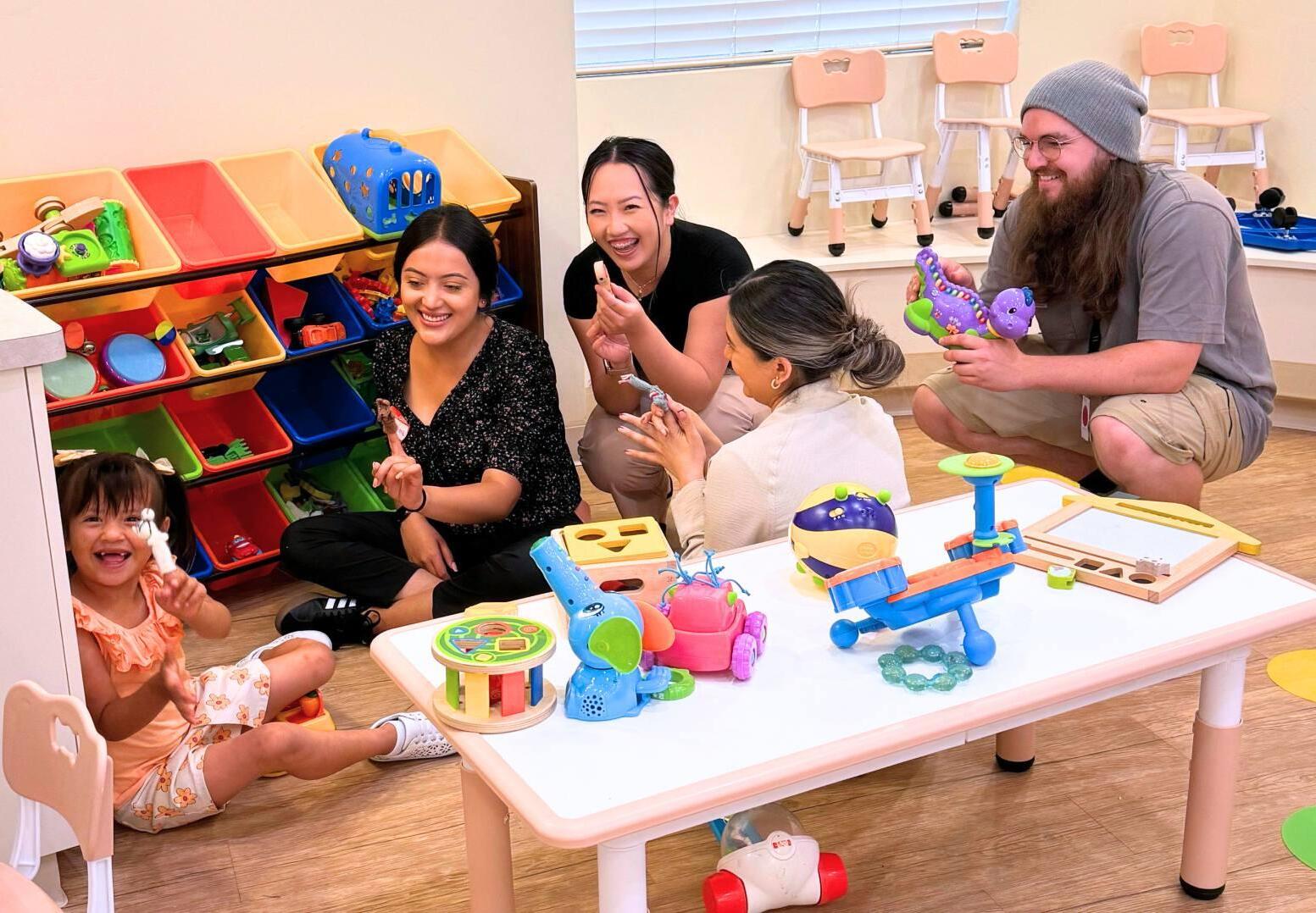




www.insightscaremagazine.com